Nokia: from paper to cartography, from energy to smartphones
The Finnish company Nokia originates in 1865. For one hundred and fifty years of its existence, the company produced electricity, produced paper and gas masks, sold computers and telecommunications equipment for telephone exchanges. This is one of the most recognizable brands of mobile phones, although the company has already sold the mobile division of Microsoft.
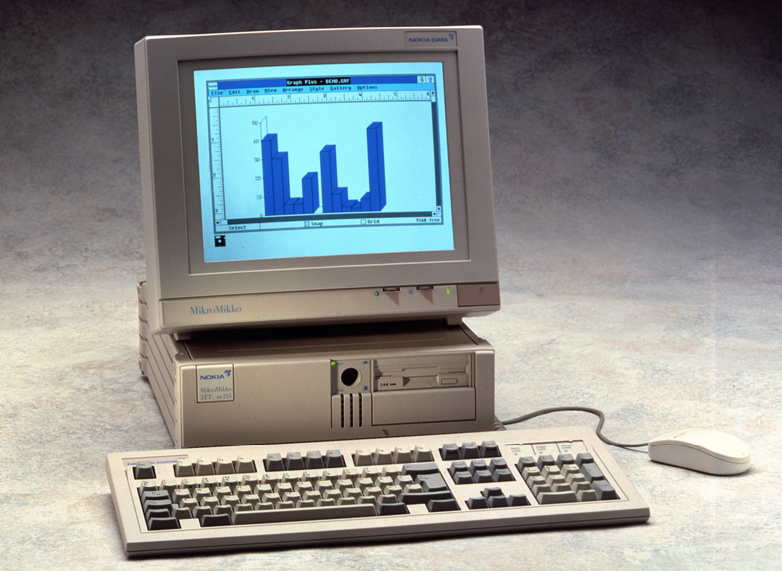
In 1895, the engineer Frederik Idestam founded a paper mill in south-western Finland, which was renamed the Nokia Ab in 1871. Co-founder of the company became a politician and statesman Leopold Mehelin. Mechelin planned to engage in the generation of electricity and the production of cables, but Idesam opposed this until 1896, when he withdrew from management. Then the politician pushed through the idea to the shareholders of the company, and in 1902 one of the main activities of Nokia Ab was electricity generation.
Founded in 1898, the Finnish Rubber Works, a manufacturer of rubber products, gained control of the Nokia Ab and the Finnish Cable Works founded in 1912 in 1922, and in 1967 all three companies merged into one - the Nokia Ab. The new company produced rubber products, cables and electronics, processed wood and was engaged in the production of electrical energy. At various times, the company produced shoes, televisions, computers, power generators, robotics, gas masks, chemicals, including for the needs of the army.
')
The first electronics department of the company was founded in 1960 under the leadership of the president of Nokia Corporation. In the early 1980s, the company bought several electronic companies, and by 1987, consumer electronics became Nokia’s main business. Nokia was the third largest TV manufacturer in Europe.
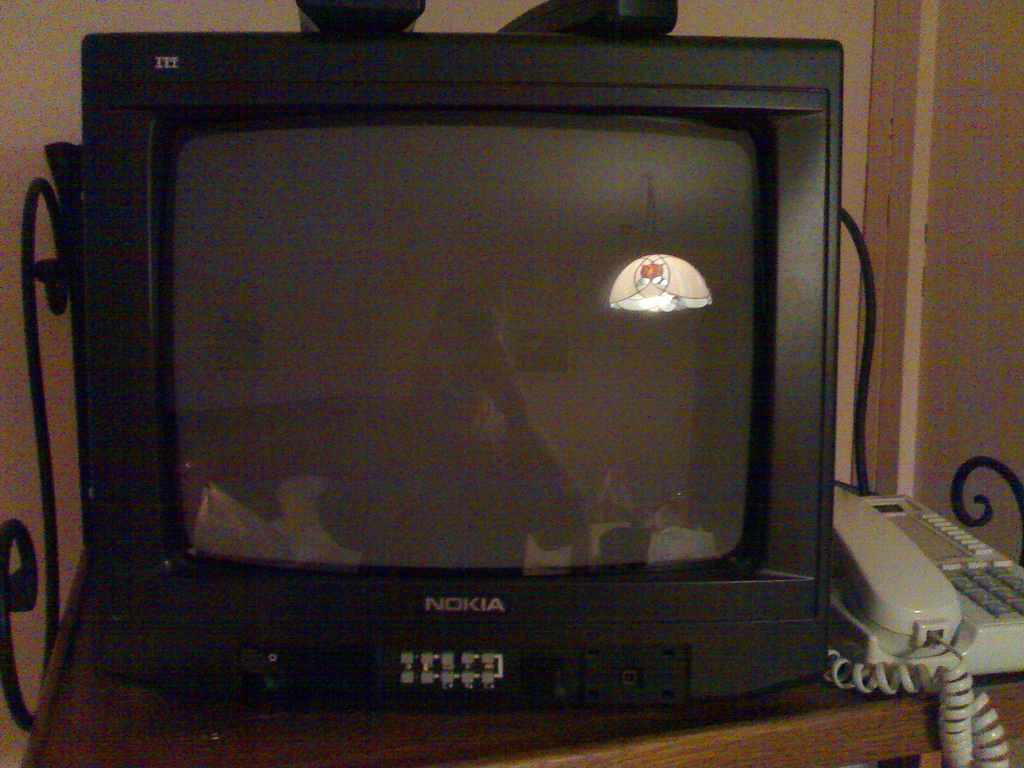
In 1969, Nokia became the first company to make a switch based on pulse code modulation, and the first company to start selling ICM equipment that meets the standards of the international telephony and telegraphy consulting committee. So the company entered the telecommunications market.

EATS Nokia DX200
In the late 1980s, during a downturn in the global economy, the company experienced a crisis and was forced to abandon most of its activities. Then she focused on telecommunications equipment, singling out Nokian Renkaat as a separate independent business.
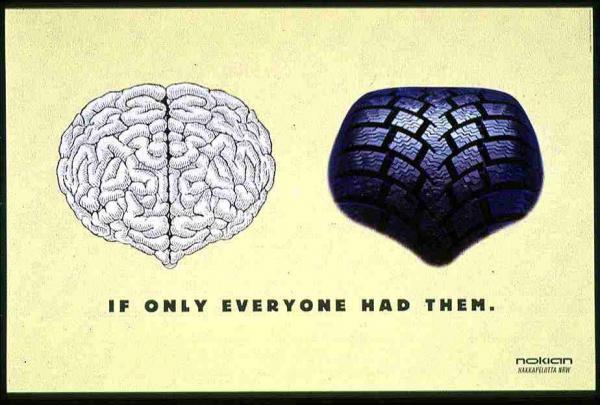
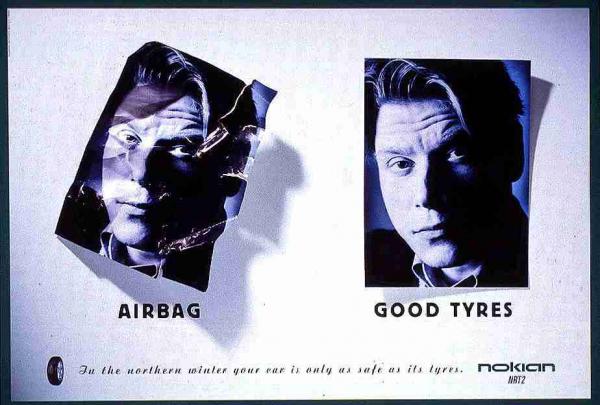
Nokian Tire Advertising
In the 1960s, the company worked on its predecessor, GSM - ARP technology, it is one of the first standards of cellular communication. Nokia worked with Salora Oy, a joint venture called Mobira Oy. In 1981, Mobira launched the first fully automated cellular network of the first generation, and in 1982 introduced the Mobira Senator car phone that operates on NMT-450 networks. In 1984, Nokia bought Salora Oy and renamed its division into Nokia-Mobira.
Nokia came to Russia in 1989, having created a joint venture with AMT for the provision of mobile and paging communications to MGTS. Later, Nokia sold its share of MGTS. In 2000, a representative office was opened in Russia. In 2010, Russia became the fourth largest market in terms of revenue for Nokia.
On September 9, 1991, the first cell phone call in Russia took place. The mayor of St. Petersburg, Anatoly Sobchak, while in the House of Architect, recruited to his colleague, the mayor of Seattle. In the hands of Sobchak - Mobira MD 59 NB2 manufactured by Nokia. The company began to conquer the mobile phone market, and then smartphones.
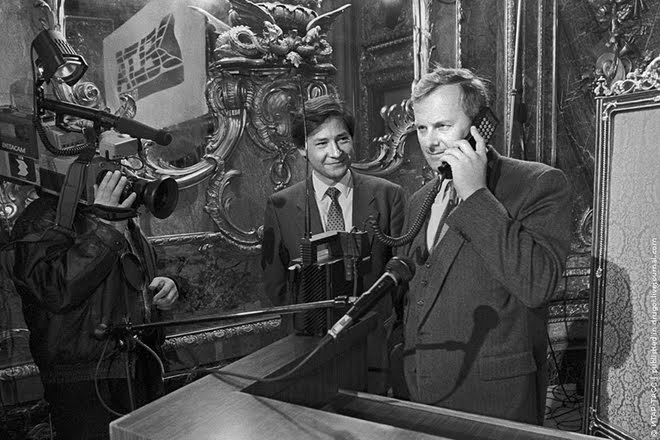
In the 1980s, Nokia had a division of Nokia Data that produced MikroMikko personal computers. In 1991, the division bought the British company International Computers Limited, and then Fujitsu. Fujitsu promoted MikroMikko computers under the ErgoPro brand.
In 1992, the director of Nokia, Jorma Ollila, made a key decision in terms of the company's strategy: Nokia focused exclusively on the telecommunications business. So Nokia in 2009 became the largest manufacturer of cell phones.

In 2013, Nokia overtook Samsung in Russia by the number of handsets sold - smartphones and regular phones. But winning in piece terms, the company could not achieve results in money. Later, in 2014, Nokia’s mobile division was sold to Microsoft, which in 2015 laid off 7.8 thousand employees and wrote off Nokia’s assets .
But Nokia continues to work and, moreover, is gaining momentum. In 2015, the company's main profit comes from the Nokia Networks division. For 3 quarters of this year, the profit from this unit amounted to 8.28 billion euros. It’s too early to write off the company in terms of smartphone business: the company buys Alcatel-Lucent for 15.6 billion euros . Although the company will not be able to manufacture phones under the Nokia brand until 2023 by agreement with Microsoft, Alcatel-Lucent will have similar obligations in 2015. Therefore, in 2016, we can safely expect to enter the market a new (or old) player.

In 1895, the engineer Frederik Idestam founded a paper mill in south-western Finland, which was renamed the Nokia Ab in 1871. Co-founder of the company became a politician and statesman Leopold Mehelin. Mechelin planned to engage in the generation of electricity and the production of cables, but Idesam opposed this until 1896, when he withdrew from management. Then the politician pushed through the idea to the shareholders of the company, and in 1902 one of the main activities of Nokia Ab was electricity generation.
Founded in 1898, the Finnish Rubber Works, a manufacturer of rubber products, gained control of the Nokia Ab and the Finnish Cable Works founded in 1912 in 1922, and in 1967 all three companies merged into one - the Nokia Ab. The new company produced rubber products, cables and electronics, processed wood and was engaged in the production of electrical energy. At various times, the company produced shoes, televisions, computers, power generators, robotics, gas masks, chemicals, including for the needs of the army.
')
The first electronics department of the company was founded in 1960 under the leadership of the president of Nokia Corporation. In the early 1980s, the company bought several electronic companies, and by 1987, consumer electronics became Nokia’s main business. Nokia was the third largest TV manufacturer in Europe.

In 1969, Nokia became the first company to make a switch based on pulse code modulation, and the first company to start selling ICM equipment that meets the standards of the international telephony and telegraphy consulting committee. So the company entered the telecommunications market.

EATS Nokia DX200
In the late 1980s, during a downturn in the global economy, the company experienced a crisis and was forced to abandon most of its activities. Then she focused on telecommunications equipment, singling out Nokian Renkaat as a separate independent business.


Nokian Tire Advertising
In the 1960s, the company worked on its predecessor, GSM - ARP technology, it is one of the first standards of cellular communication. Nokia worked with Salora Oy, a joint venture called Mobira Oy. In 1981, Mobira launched the first fully automated cellular network of the first generation, and in 1982 introduced the Mobira Senator car phone that operates on NMT-450 networks. In 1984, Nokia bought Salora Oy and renamed its division into Nokia-Mobira.
Nokia came to Russia in 1989, having created a joint venture with AMT for the provision of mobile and paging communications to MGTS. Later, Nokia sold its share of MGTS. In 2000, a representative office was opened in Russia. In 2010, Russia became the fourth largest market in terms of revenue for Nokia.
On September 9, 1991, the first cell phone call in Russia took place. The mayor of St. Petersburg, Anatoly Sobchak, while in the House of Architect, recruited to his colleague, the mayor of Seattle. In the hands of Sobchak - Mobira MD 59 NB2 manufactured by Nokia. The company began to conquer the mobile phone market, and then smartphones.

In the 1980s, Nokia had a division of Nokia Data that produced MikroMikko personal computers. In 1991, the division bought the British company International Computers Limited, and then Fujitsu. Fujitsu promoted MikroMikko computers under the ErgoPro brand.
In 1992, the director of Nokia, Jorma Ollila, made a key decision in terms of the company's strategy: Nokia focused exclusively on the telecommunications business. So Nokia in 2009 became the largest manufacturer of cell phones.

In 2013, Nokia overtook Samsung in Russia by the number of handsets sold - smartphones and regular phones. But winning in piece terms, the company could not achieve results in money. Later, in 2014, Nokia’s mobile division was sold to Microsoft, which in 2015 laid off 7.8 thousand employees and wrote off Nokia’s assets .
But Nokia continues to work and, moreover, is gaining momentum. In 2015, the company's main profit comes from the Nokia Networks division. For 3 quarters of this year, the profit from this unit amounted to 8.28 billion euros. It’s too early to write off the company in terms of smartphone business: the company buys Alcatel-Lucent for 15.6 billion euros . Although the company will not be able to manufacture phones under the Nokia brand until 2023 by agreement with Microsoft, Alcatel-Lucent will have similar obligations in 2015. Therefore, in 2016, we can safely expect to enter the market a new (or old) player.
Source: https://habr.com/ru/post/297100/
All Articles